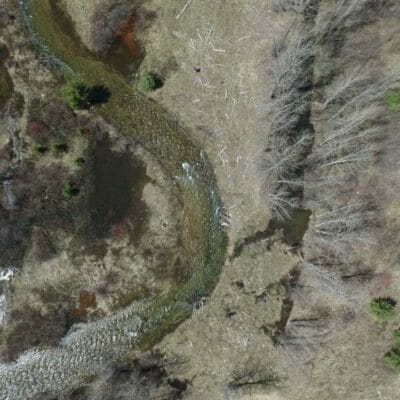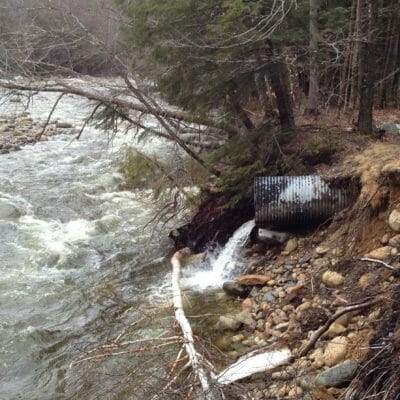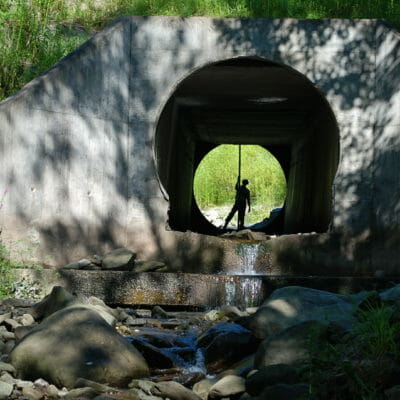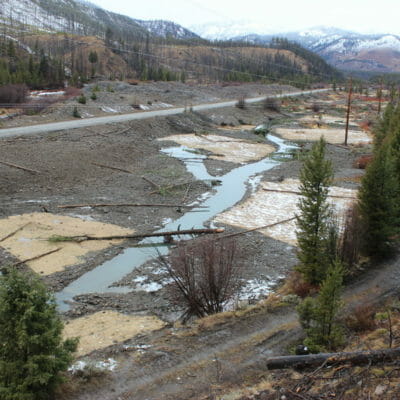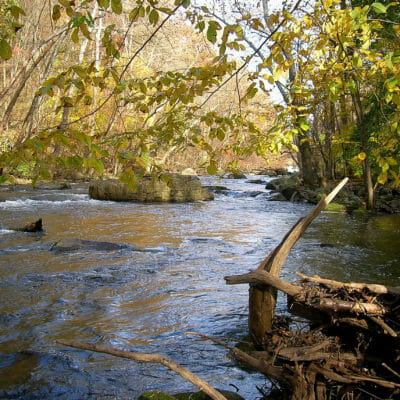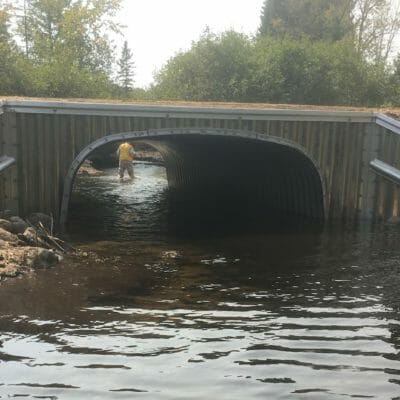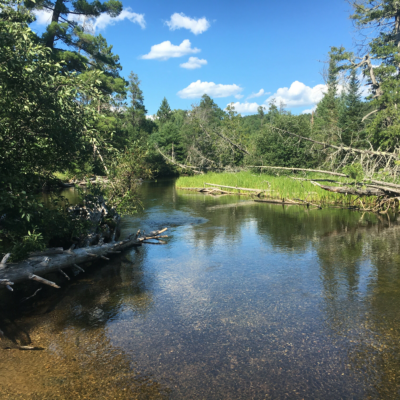Perhaps no place in Montana illustrates a more striking juxtaposition between an iconic fishery nestled within an over-exploited landscape than the Clark Fork watershed. The Clark Fork is one of the state’s most popular angling destinations; by the time it flows out of Montana, it has become the state’s largest river. Native westslope cutthroat and…
Goals The White Mountain National Forest, a popular New England vacation destination, is home to hundreds of miles of hiking trails spanning over 4,000-foot mountaintops, 1,250 square miles of wilderness and 600 miles of rivers and streams. The relatively steep topography makes these streams great candidates for strong Atlantic salmon and brook trout populations. When…
Goals The Catskills are known as the birthplace of American fly fishing. Replete with rivers and streams, the area is a destination for many thousands of fisherman and women each year. TU is actively improving a number of trout streams in the Catskills and throughout the southern tier of New York to increase fishing opportunities…
Goals TU’s goal in the Yankee Fork basin was to create side-channel rearing habitat for juvenile Chinook salmon and steelhead trout and spawning habitat for adult steelhead. Improved habitat will also benefit cutthroat trout and bull trout. Tactics TU and partners re-graded mounds of dredge tailings to fill remnant dredge ponds and create a functional…
The Upper Delaware Watershed is home to many of New Jersey’s best trout fishing waters, including the Musconetcong River. Here TU has removed barriers to aquatic organism passage and strategically restored over 6 miles of habitat in degraded areas to increase available habitat, food, and water quality for trout, especially native brook trout. The success…
A majority of Wisconsin’s 115 fish species, including native brook trout, need to move throughout a watershed seasonally or at varying stages in their lifecycle to feed, find cooler water, avoid predators and reach spawning habitat. Research conducted in the early 1990s in Northern Wisconsin documented the seasonal movement of trout. When water temperatures reached…
Goals The Great Lakes are threatened by invasive species, pollution, and emerging commercial aquaculture proposals, creating a need for state and federal policies that protect the Great Lakes and sustained public funding for Great Lakes restoration efforts. Adding to the challenge, political shifts at state and federal levels have made it more difficult to uphold…
